On Friday, April 29, 2016, a CHC helicopter on assignment for Statoil crashed outside Turøy in Fjell municipality outside Bergen, Norway. 13 people, 2 pilots and 11 passengers onboard, died in the accident.
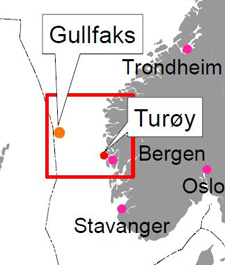 Map image courtesy: Statoil
Map image courtesy: Statoil
On Saturday April 30, Statoil’s president and CEO, Eldar Sætre, and executive vice president Development & Production Norway, Arne Sigve Nylund, visited the center for next of kin in Bergen.
Statoil will continue to support those who need it most, those who are directly affected, families, colleagues onshore and on the platforms. Statoil will also assist next of kin who are not present at the centre, and colleagues on Gullfaks B. Personnel with experience from following up people in crisis are available for those who need it.
"Today, we are one family. We will stand together as one united industry, and do everything in our power to take care of the affected families," Sætre said.
The Accident Investigation Board in Norway will investigate the accident, and Statoil will contribute to this job. Statoil will also start its own investigation in cooperation with the employee representatives and the safety delegates. This investigation will be coordinated with the work of the Accident Investigation Board.
"Finding an answer to why the helicopter crashed is very important, both to the next of kin and to all who have the Norwegian continental shelf as their work place. The safety of everyone working for Statoil is the most important thing for us,” Sætre says.
The 11 passengers are employed in the following companies: Halliburton, Aker Solutions, Schlumberger, Welltec, Karsten Moholt and Statoil. The two pilots are employed by CHC. One of the 13 is a Statoil employee.
Ole Magnar Kvamme (Statoil)
Arild Fossedal (Aker Solutions)
Odd Geir Turøy (Aker Solutions)
Lyder Martin Telle (Aker Solutions)
Michele Vimercati (CHC)
Olav Bastiansen (CHC)
Iain Stuart (Halliburton)
Behnam Ahmadi (Halliburton)
Otto Mikal Vasstveit (Halliburton)
Tommas Helland (Halliburton)
Kjetil Wathne (Karsten Moholt AS)
Espen Samuelsen (Welltec Norway)
Silje Ye Rim Veivåg Kroghsæter (Schlumberger)


 LORD Corporation
LORD Corporation Map image courtesy: Statoil
Map image courtesy: Statoil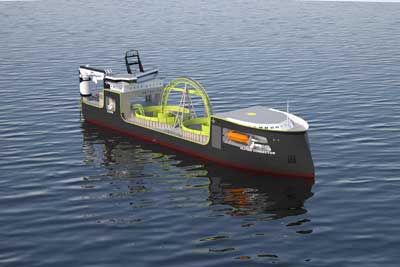 Image credit: Ulstein
Image credit: Ulstein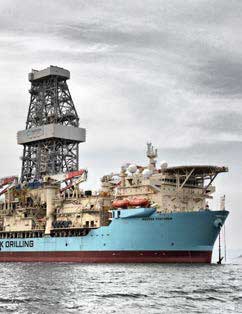 Maersk Venturer: Photo credit: Maersk Drilling
Maersk Venturer: Photo credit: Maersk Drilling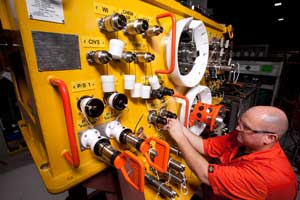 Proserv engineer at work. Photo credit: Proserv
Proserv engineer at work. Photo credit: Proserv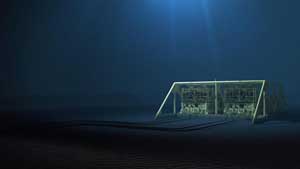 Aker Solutions
Aker Solutions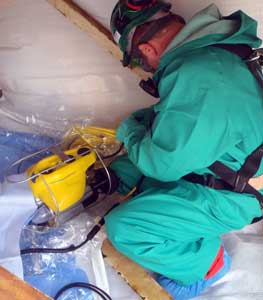 Preparing ROV for water tank inspection. Photo credit: Intertek
Preparing ROV for water tank inspection. Photo credit: Intertek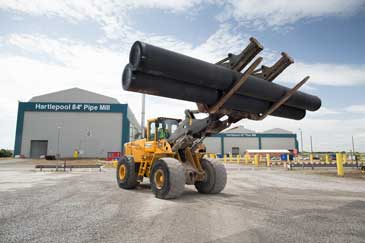 Photo credit: Tata Steel
Photo credit: Tata Steel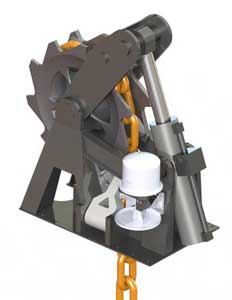 MacGregor's new Pusnes RamWindlass meets market demand for ever more compact deck machinery arrangements
MacGregor's new Pusnes RamWindlass meets market demand for ever more compact deck machinery arrangements North Ocean 105 - Fast-transit, dynamically positioned vessel with an advanced Reel-lay system capable of rigid and flexible pipelay in up to 10,000 feet of water. Photo courtesy: McDermott
North Ocean 105 - Fast-transit, dynamically positioned vessel with an advanced Reel-lay system capable of rigid and flexible pipelay in up to 10,000 feet of water. Photo courtesy: McDermott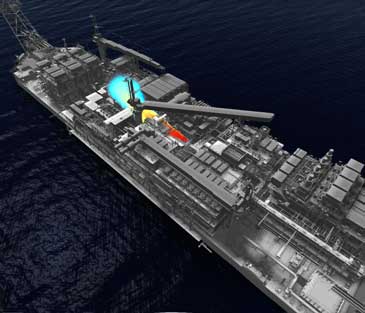 FPSO Gas Dispersion. Image credit: BMT
FPSO Gas Dispersion. Image credit: BMT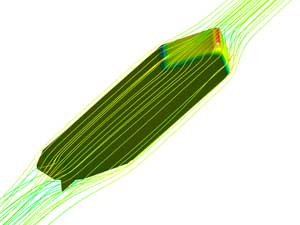 Image credit: BMT
Image credit: BMT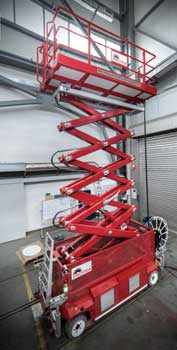 Photo credit: Protea
Photo credit: Protea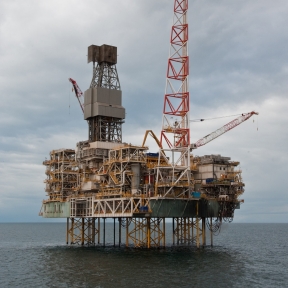 Shah Deniz gas field in the Caspian Sea. Photo credit: BP
Shah Deniz gas field in the Caspian Sea. Photo credit: BP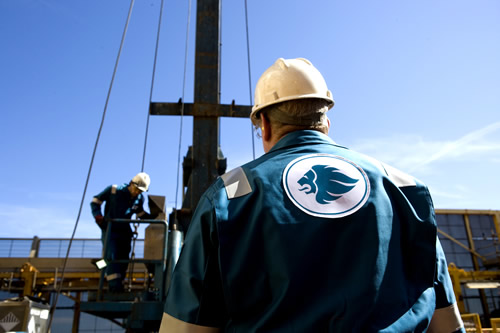 Photo credit: Expro
Photo credit: Expro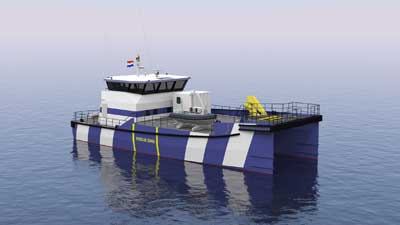 Damen’s FCS 2610 at sea. Image credit: Damen
Damen’s FCS 2610 at sea. Image credit: Damen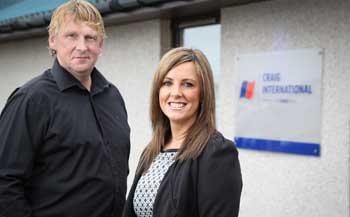 Steve McHardy and Jill MacDonald, joint managing directors of Craig International, which has launched the pioneering Craig Collaboration platform.
Steve McHardy and Jill MacDonald, joint managing directors of Craig International, which has launched the pioneering Craig Collaboration platform.